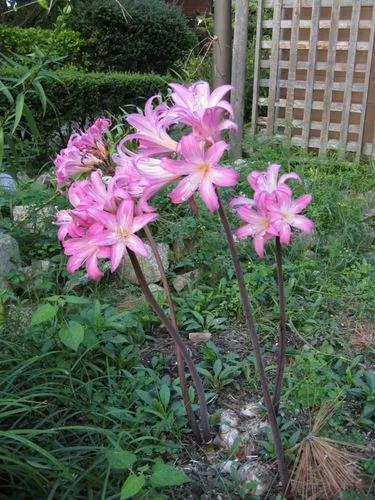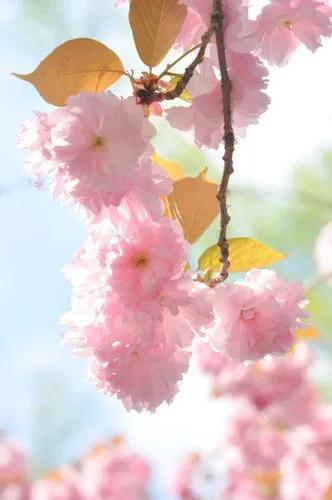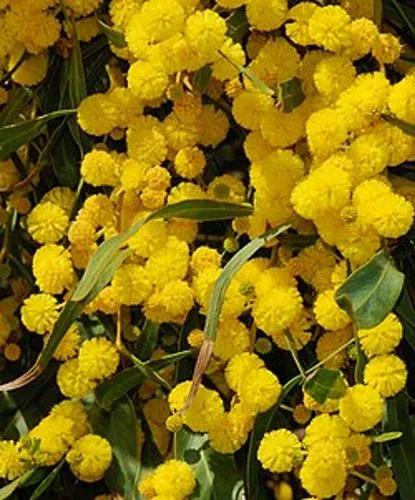Calophyllum calaba is usually an evergreen tree growing up to 40 metres tall with occasional specimens to 49 metres. Occasionally the plant is only a shrub growing 50cm or more tall. The bole can be up to 158cm in diameter. The bole is usually without buttresses, but rarely has steep, blunt buttresses up to 4.5 metres tall. The tree is harvested from the wild for local use of its edible fruit and timber.
Santa-MaríA Care
Calophyllum Calaba



María (Calophyllum calaba) is a medium-sized tropical evergreen tree known also as santa-maría or false-mamey. It is frequently used for reforestation. Although it is easily established by direct seeding and grows well in almost all soils, its growth is generally slow. It tolerates salt spray and forms a dense crown with small fragrant flowers that make it popular as a shade tree or a protective hedge. The wood is used widely in the tropics where a strong, moderately durable timber and general utility wood is needed. María is native to Puerto Rico and the Virgin Islands and widely distributed through the West Indies. It ranges from Mexico through the Guianas to Peru, Bolivia, and Brazil. It is naturalized in Bermuda and has been introduced in southern Florida. In Puerto Rico, it is native to the moist coastal and limestone regions, probably ranging through 150 in (492 ft) in elevation. Elsewhere in the Caribbean, marfa is found near the coast at low elevations on moist through wet sites, and occasionally in areas that are inundated during part of the year. In northern South America, it is found along river banks and in stream valleys. The tree, when established, is capable of growing on degraded soils.
How to Care for the Plant

Popularity

9 people already have this plant 3 people have added this plant to their wishlists
Discover more plants with the list below
Popular articles






